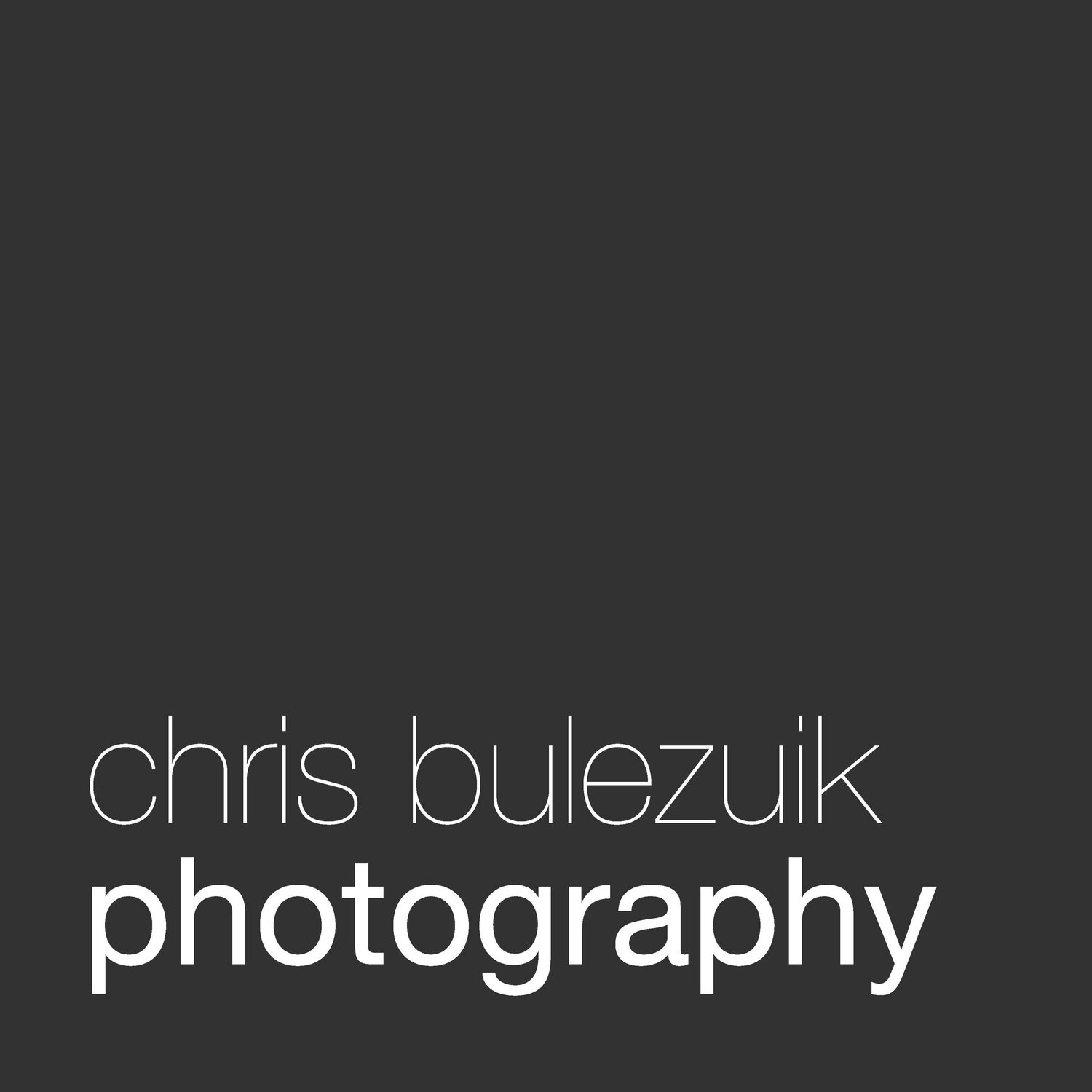Over the past few months, one of the most hotly debated topics in the hair industry has been artificial intelligence (AI) and its role in image creation. Once upon a time, the biggest question was, “How much retouching went into that shot?” But now, we find ourselves asking an even bigger question: “Is this real at all?”
For those with a trained eye, there are still a few tell-tale signs that an image was crafted by AI. But let’s be honest—each day that line between reality and AI-generated imagery gets blurrier, and soon it may be all but impossible to tell the difference.
As a photographer who has always embraced a minimal-Photoshop, authenticity-first approach, this surge in AI-generated hair photography is fascinating, exciting, and—at times—concerning.
So, let’s delve into the question: What place does AI have in hair photography?
The Upside: AI as a Creative Tool
First things first: there’s no denying the potential of AI. Tools like Midjourney have made it possible for our wildest imaginative ideas to become ‘reality’—at least in a digital sense. These platforms are advancing at a scary pace, making those early “tell-tale signs” (awkward hands, inconsistent shadows, strange angles) increasingly hard to spot. And before long, they may vanish completely.
For those of us who thrive on creativity, this opens up endless possibilities.
Instead of letting concepts remain trapped in our heads, we can bring them to life quickly—sometimes within minutes. Need a visual for a mood board? AI can generate it almost instantly. Struggling to find the perfect reference image for a shoot? Let an AI tool craft it for you in seconds. When it comes to brainstorming or creating ideas, AI imagery can be a major asset.
Think of AI as a powerful “creative jumping-off point” that can help you refine concepts and spark new ones—just like any other piece of software or hardware, it’s only as good as the person operating (or prompting) it.
When the Lines Blur: The Problem of Undeclared AI
Despite these exciting benefits, it’s impossible to ignore a growing issue: unlabeled AI imagery being passed off as real photography.
Over the past few months, I’ve noticed more than a few “questionable” collections featured in magazines, on social media, and even in industry awards.
These collections, while visually stunning, were clearly produced with the help of AI. However, they weren’t labeled as such, leaving audiences to assume they were genuine, real-world captures.
Why does this matter? Because for emerging hairdressers, stylists, and even photographers, it sets a potentially damaging precedent, often comparing themselves and their skill against something that doesn’t exist—a digital fantasy rather than an actual photograph.
My Perspective: Keep It Authentic
I’ve always maintained that the goal of post-production should be to enhance an already solid foundation, not to overshadow it with digital perfection. I’m proud to say this approach has guided me throughout my career and always will. The sense of accomplishment when a vision—planned and executed by a creative team—finally appears on the screen is second to none. It represents genuine collaboration, artistry, and a dose of real-world trial and error.
That’s not to say AI can’t enhance creativity. It absolutely can. But there’s a clear difference between using AI as a conceptual tool and attempting to pass off AI-generated work as traditional photography. The former inspires; the latter can mislead.
Looking Forward: Balancing Tech and Tradition
With AI technology advancing at breakneck speed, I can’t help but wonder if the photography industry will have a “vinyl revival” moment—a point where real, tangible artistry is celebrated precisely because it isn’t generated by a machine. Perhaps we’ll reach a time when consumers and professionals alike crave authenticity so strongly that AI images are sidelined to very specific uses, while genuine photography becomes even more revered.
In the meantime, I’m hopeful we’ll see clearer labeling and more transparency. If an image was produced or heavily augmented by AI, let’s say so. That way, no one feels duped, and no one is unfairly comparing their very real hair or photography skills to something that was conjured up with a few keystrokes.
AI isn’t going anywhere—and it doesn’t need to.
Used ethically and openly, it can be an incredible asset that drives creativity forward. But honesty is paramount. Let’s keep celebrating the real craft of photography while also embracing the futuristic possibilities that AI has to offer. That, for me, is the crux of the issue. We can appreciate AI for what it is—a phenomenal, imagination-fueled tool—so long as we don’t lose sight of the creative process that brings genuine ideas to life in the here and now. After all, there’s nothing quite like the feeling of seeing a real image emerge from all the sweat, collaboration, and skill that goes into a true photo shoot. That’s something no amount of AI can replicate.

